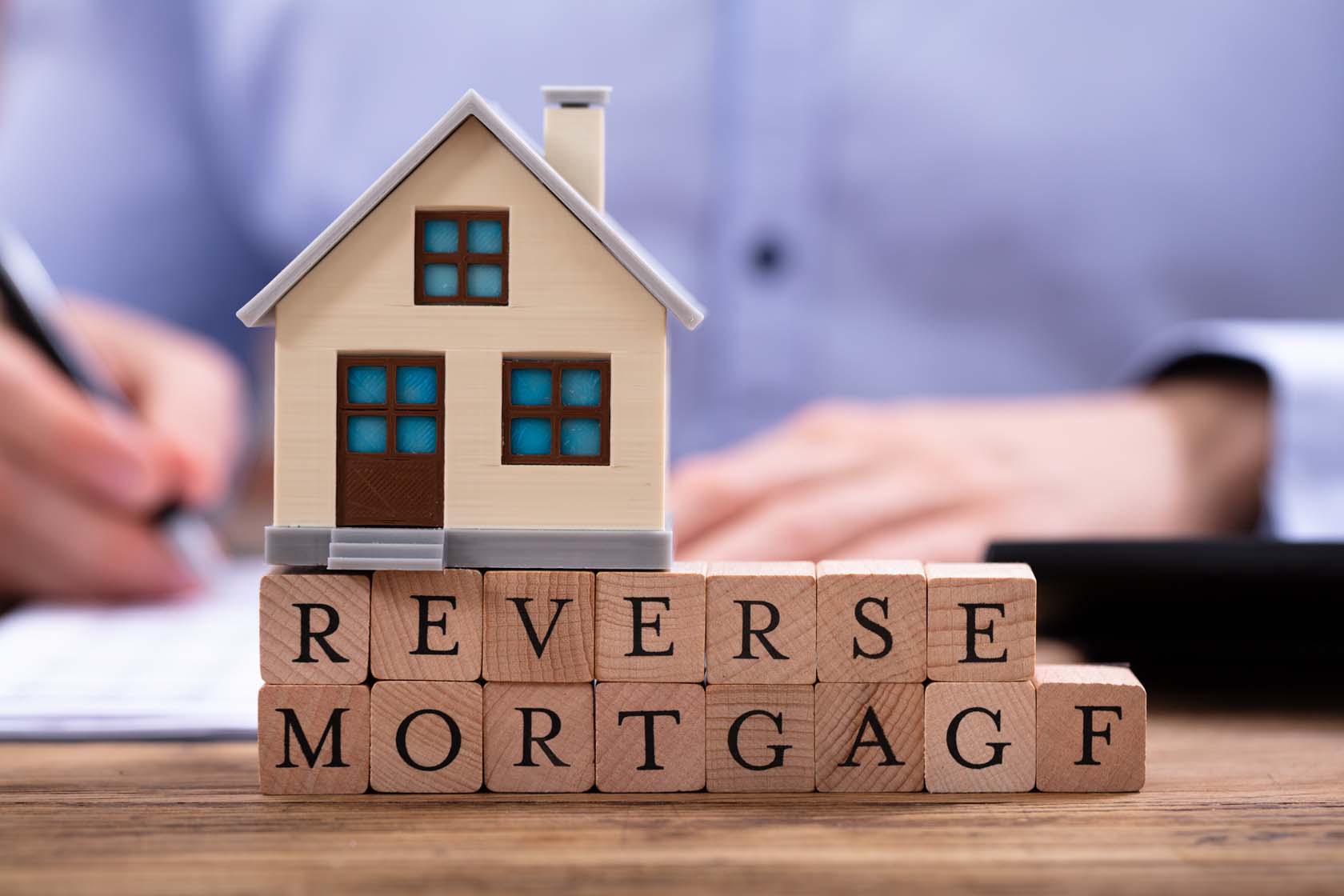As we Silver Agers retire or cut back on the hours we work, many of us find that due to unexpected expenses, inflation, or large one-time expenditures, our finances appear to be falling short and we look for ways to meet that shortfall without going back to work part or full time.
Unless you don’t have a television or any other media device, you have probably heard of the financial tool for Silver Agers called a Reverse Mortgage. This is one of several ways to realize the value of the equity one has in one’s home. There are other tools available as well, including various loans and lines of credit offered by lending institutions (we’ll explore these later).
One of the popular ways that has surfaced fairly recently is a device called the Reverse Mortgage for those over 62 years of age. In the United States there are at least three different types of Reverse Mortgages: One offered by the FHA (Home Equity Conversion Mortgages); those offered by state and local governments and some nonprofits for specific purposes (primarily for home repairs or taxes); and those offered privately that are not FHA insured.
Other countries have their own guidelines for instance in Australia information is available at the Australian government’s Money Smart web site.
Wikipedia defines a Reverse Mortgage as a “mortgage loan, usually secured by a residential property, that enables the borrower to access the unencumbered value of the property. The loans … typically do not require monthly mortgage payments. Borrowers are still responsible for property taxes or homeowner’s insurance. Reverse mortgages allow older people to immediately access the home equity they have built up in their homes, and defer payment of the loan until they die, sell, or move out of the home. Because there are not required mortgage payments on a reverse mortgage, the interest is added to the loan balance each month. The rising loan balance can eventually grow to exceed the value of the home, particularly in times of declining home values or if the borrower continues to live in the home for many years. However, the borrower (or the borrower’s estate) is generally not required to repay any additional loan balance in excess of the value of the home. Specific rules for reverse mortgage transactions vary depending on the laws of the jurisdiction. For example, in Canada, the loan balance cannot exceed the fair market value of the home by law.”
As with most things promoted to us, there are positives and negatives to consider in determining if a Reverse Mortgage is what you need.
How does this work? The traditional mortgage most of us have used to purchase our dwelling lets us borrow, say, $100,000 at 6.71% percent fixed interest for 30 years, so we have a $648 monthly payment including principal and interest.
When we borrow that same $100,000 as a reverse mortgage, our monthly payments for principal and interest are zero.
Now we find ourselves no longer needing to make any mortgage payment monthly, and we have a check for some of the value of our home to pay for the unexpected events. What the television adverts fail to mention is that this loan is not free. The interest cost is quietly added to the principal, so each month our balance increases. What follows every month for the life of the Reverse Mortgage is that the balance increases a little bit more, the interest cost gets higher as well, and our equity reduces in kind. The reality for us is that while it may seem we are debt free, the bad news is we still owe money (more each month), and this debt just accrues and we or our estate will need to pay it back when we sell the home, move out or die.
Before anyone takes out a Reverse Mortgage, there are other alternatives to explore:
- Selling your home and downsizing to a more affordable place to live.
- Getting a regular mortgage or refinancing your traditional mortgage to lower the payments.
- Taking out a home equity loan.
- Applying for a federal, state, or local program that provides grant money or other financial assistance to seniors, like a single-purpose reverse mortgage I mentioned above. IN the United States some state and local government agencies, as well as non-profit organizations, offer these loans. If you qualify, these programs are a much better option than getting another type of reverse mortgage.
- Looking into whether you qualify for a property tax credit or abatement (reduction). Many places provide tax-relief options and other forms of financial relief for older homeowners.
And if, after considering all of the downsides, you’re still thinking about getting a reverse mortgage, wait until as long as you can to get one. By taking out a reverse mortgage when you’re older, you could potentially still get money from the loan when you have higher costs, like rising health care costs.
Before you take out one of these, I strongly recommend that you talk to a counselor from an independent government-approved housing counseling agency. Go to the HUD website for a list of counselors, or call HUD at 800-569-4287 to learn more about how HECMs work. You should talk to a counselor even if you’re just thinking about getting a reverse mortgage.
Also, because reverse mortgages are so complicated and have serious consequences, consider talking to an elder law or consumer protection attorney, or financial advisor.








